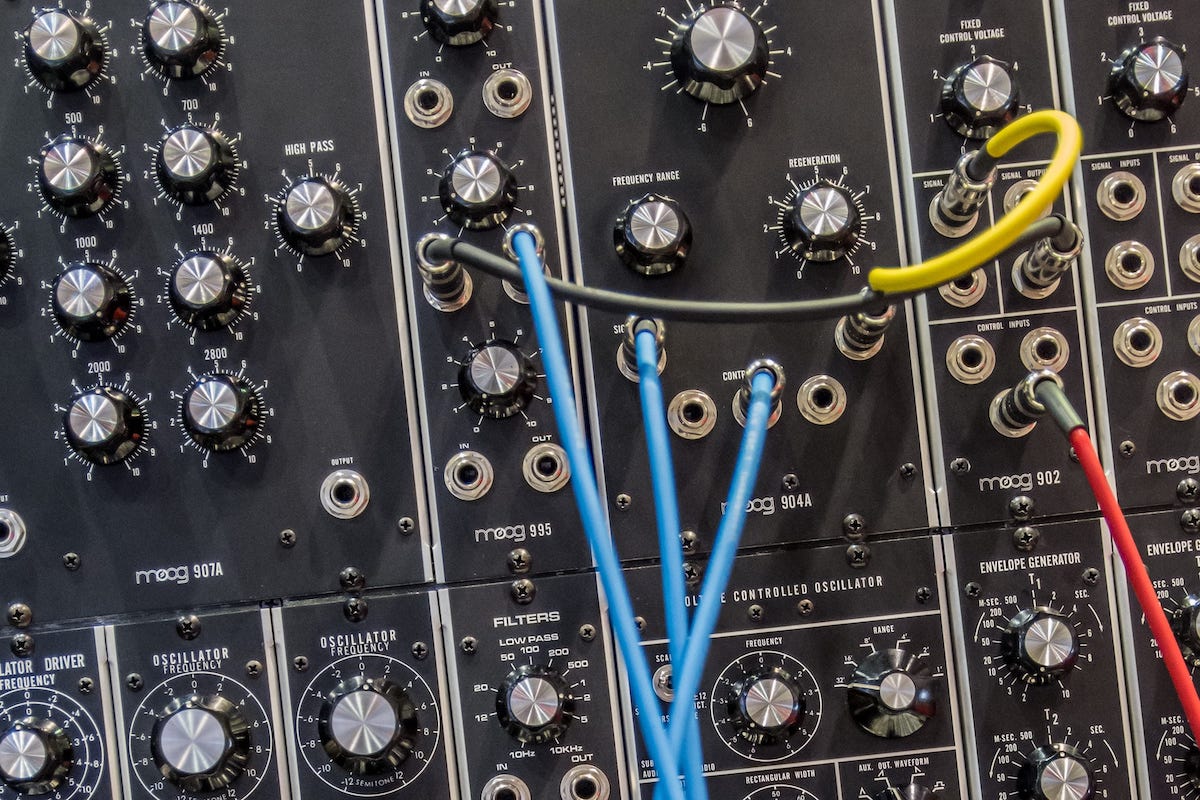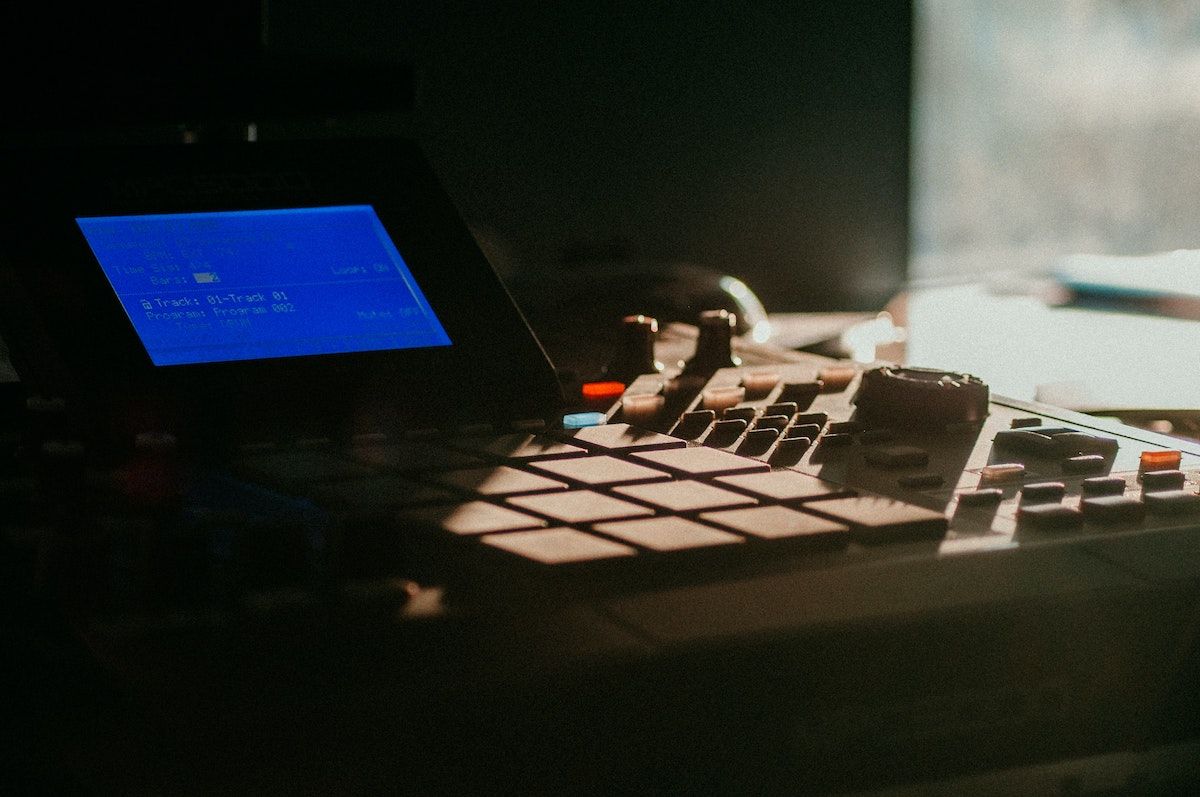Sample Rate & Audio Sampling – Explore Each Concept & 4 Types
Rent film gear from local filmmakers.

Rent film gear from local filmmakers.
Have you ever heard about sample rate and audio sampling but can't wrap your head around the subject? Understandable!
Sampling is a complicated topic; we're here to help you out!
In this article, you will learn everything you need to know about audio sampling, sample rate, and bit depth rate, terms you will get more familiar with by reading this.
Do you want to refresh your knowledge about filmmaking before you go into this subject? Then read our article on filmmaking 101.

What is sampling?
If you've ever done scientific research, you probably know the word sampling refers to a set of values in statistics. However, when talking about sound design, sampling gets a different meaning.
In audio design, sampling refers to converting sound signals to a sequence of samples. You can use sampling technology to capture real-life audio into a digital audio file.
4 Types of sampling
When it comes to sampling, there are many different types. We've gathered some of the most common types of sampling.

1. Audio sampling
Audio sampling happens when a soundwave is converted to data through a series of samples. The samples are converted into binary data that a computer can read.
Essentially an audio sample is a digital recreation of an analog audio signal.
The samples need to get converted to binary data because computers can not process audio in the same way as humans. So to create a digital representation of the audio, it is translated into something computers can understand, binary data.
Sampling can also be used to explain the concept of clipping audio files to playback in other contexts. This is especially prevalent in the music industry, where artists "sample" audio from older songs and reuse them in new songs as a background track.
A great example of this is Kanye West, who has used them since the beginning of his career. In the beginning, he used to apply them with a "chipmunk" filter but has since grown to use them in other contexts too.
2. Speech sampling
Speech sampling is also a type of audio sampling, and it typically happens through telephones or VoIP.
VoIP means Voice over Internet Protocol, and it's a method used to transport sound utilizing the internet. It may have started simple, but it is what transformed into popular online software such as Skype, TeamSpeak, and Discord.
Because you can easily communicate using 8 kHz, you typically use a lower sampling rate when sampling speech. That's why phone and VoIP conversations sound like they do.
3. Video sampling
Video sampling focuses on the image sampling frequency, which is the repetition rate of the sensor integration period.
It is the refresh rate of the images on display in other terms. So if a TV is classified as 60Hz, it refreshes the image on the screen 60 times in a second.
It is also connected to the concept of frames per second.
Video sampling can also refer to music sampling, where video creators take bites of previously created video footage and use it to create new footage.
This is especially prevalent on news broadcasts and YouTube, where other video footage is taken and used as background footage or different types of content.
4. 3D sampling
3D sampling happens when you volume renders samples of a 3D grid of voxels to make a 3D rendering. It is used in an X-ray or MRI scanner to produce a 3D image of the subject's body.
3D sampling is also used in manufacturing to create prototype renderings in computer software as a precursor to producing and testing them in real life.

What are sample rates?
Sample rates refer to the number of samples/measurements of the sound taken each second. The higher the sample rate, the higher the audio's quality is.
However, the software available to us today is limited to how big sample rates we can work with. That's also why we have a few standardized sample rates making it easier to work with several audio samples.
A standard sample rate is 44,1 kHz, used in MP3 files or for audio CDs. This sample rate is accessible to work with for pretty any computer.
We typically work with as low of a kHz as 8 or 16 for telephones and VoIP software. While music and film audio sounds terrible at this sampling rate, conversations are completely fine.
The benefit of using low sampling rates for telephone calls is that it requires less data to be transferred.
Standard sample rates
- 8 kHz - used for telephones or walkie-talkies
- 16 kHz - used in VoIP
- 44,1 kHz - used for regular audio CDs or in MP3 files
- 48 kHz - standard sampling rate for digital video equipment
- 88,2 kHz - used in professional audio recording equipment (typically for music recording)
- 96 kHz - Blu-Ray audio tracks. It can also be used in music recording.
- 192 kHz - Used in professional video cameras, but not that common.
What is bit depth rate?
Bit depth rate refers to the number of bits available to each sample.
In other words, the higher the bit depth, the higher quality the audio samples will be, which will produce higher quality audio.
The higher the bit depth rate is, the more extensive the dynamic range. The dynamic range refers to the low and high-volume sections of a recording.
You typically use a 16-bit depth rate for CD audio quality and a 24-bit depth rate on DVDs.
Standard bit depth rate
- 16 bit - typically known as a standard recording rate, works for most occasions. It's commonly used on CDs.
- 24 bit - for those who want a more dynamic range to work with. Larger dynamic range than the human ear. It's typically used on DVDs.
- 32 bit - Has a large 192dB dynamic range, but it is considered overkill and a waste of data.

Learn more. Dive into sound design
This is the end of the article, and I hope you feel more enlightened about sample rates and audio sampling.
If you want to learn more about the subject, you can read our article on sound design. Here you'll learn everything you need to know about sound design.
What is an audio sample?
An Audio sample is a digital recreation of an analog audio signal.
What is sample rate?
Sample rates refer to the number of samples/measurements of the sound taken each second.
Why is the standard audio sample rate 44.1 kHz
The standard audio sample rate is 44,1 kHz because it is the most compatible sample rate with the video refresh rates.
Is a higher sample rate better?
Yes. But at a certain point, sample rates become so high that our technology can not process them properly.























